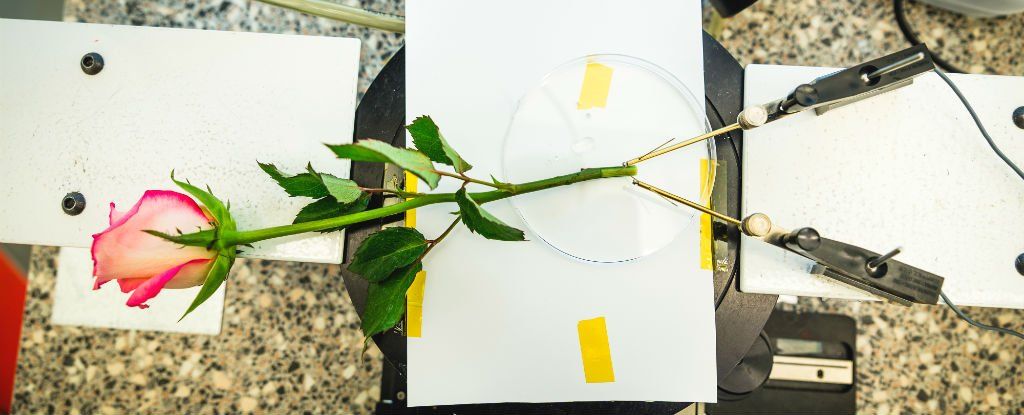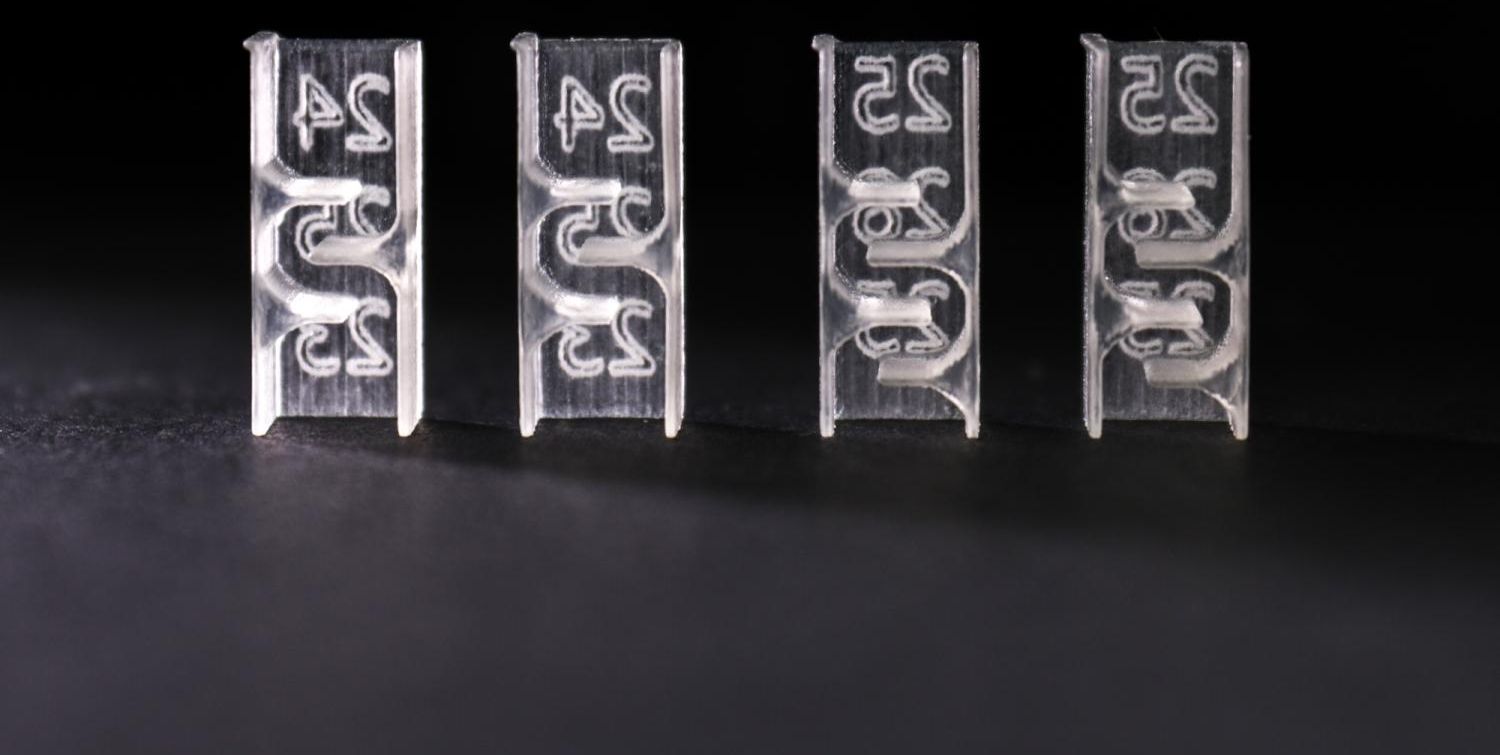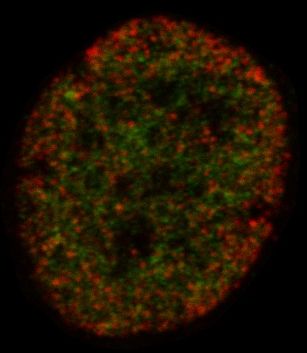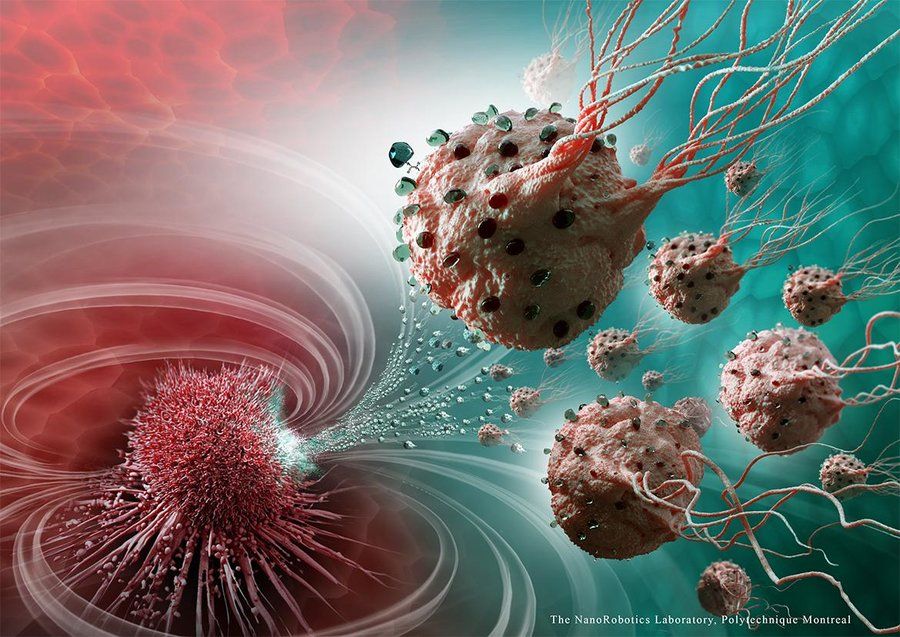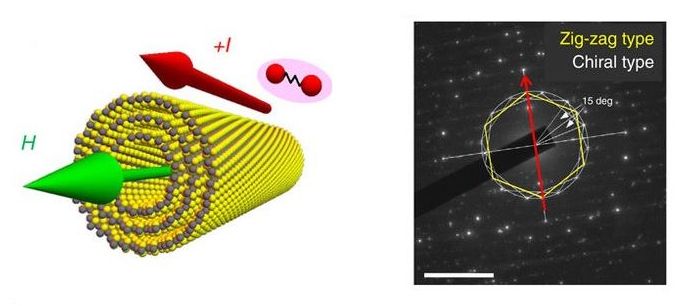Page 10860
Feb 27, 2017
BREAKING: Elon Musk And SpaceX Are Sending Humans to the Moon
Posted by Carse Peel in categories: Elon Musk, space travel
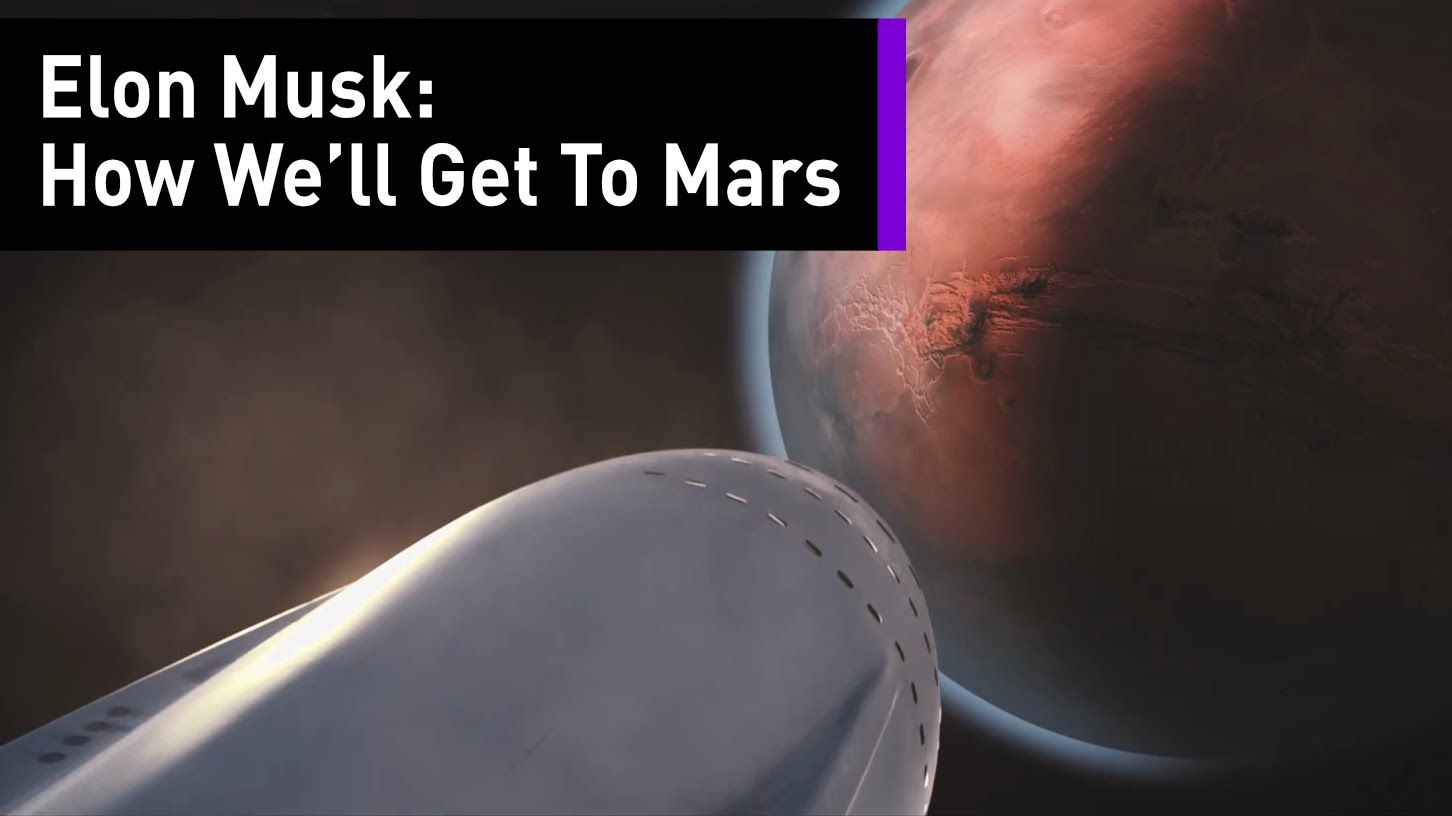
In Brief
- Yesterday, SpaceX founder and CEO Elon Musk said that his private spaceflight company would have a notable announcement today at 4pm EST (1pm GMT).
- It seems that humans are going back to the Moon. Here’s what you need to know about this new revelation and what it means in relation to humanity’s journey into the cosmos.
Rocket science isn’t easy. Ask any engineer. Rocket science isn’t cheap. Just ask NASA. Fortunately, in recent years, a number of commercial spaceflight companies have stepped up to the plate in order to help national space agencies extend their reach into the final frontier.
Continue reading “BREAKING: Elon Musk And SpaceX Are Sending Humans to the Moon” »
Feb 27, 2017
This ‘Cyborg Rose’ Grows Functioning Electronic Circulatory Inside Its Stem and Leaves
Posted by Shane Hinshaw in categories: cyborgs, robotics/AI
Scientists have figured out how to inject a conducting solution into a rose cutting, and have it spontaneously form wires throughout its stem, leaves, and petals to create fully functioning supercapacitors for energy storage.
The so-called e-Plant was able to be charged hundreds of times without any loss on the performance, and the team behind the invention says it could allow us to one day create fuel cells or autonomous energy systems inside living plants.
“A few years ago, we demonstrated that it is possible to create electronic plants, ‘power plants’, but we have now shown that the research has practical applications,” says one of the team, Magnus Berggren from Linköping University in Sweden.
Feb 27, 2017
An ultra-low-power artificial synapse for neural-network computing
Posted by Sean Brazell in categories: computing, neuroscience
(Left) Illustration of a synapse in the brain connecting two neurons. (Right) Schematic of artificial synapse (ENODe), which functions as a transistor. It consists of two thin, flexible polymer films (black) with source, drain, and gate terminals, connected by an electrolyte of salty water that permits ions to cross. A voltage pulse applied to the “presynaptic” layer (top) alters the level of oxidation in the “postsynaptic layer” (bottom), triggering current flow between source and drain. (credit: Thomas Splettstoesser/CC and Yoeri van de Burgt et al./Nature Materials)
Stanford University and Sandia National Laboratories researchers have developed an organic artificial synapse based on a new memristor (resistive memory device) design that mimics the way synapses in the brain learn. The new artificial synapse could lead to computers that better recreate the way the human brain processes information. It could also one day directly interface with the human brain.
The new artificial synapse is an electrochemical neuromorphic organic device (dubbed “ENODe”) — a mixed ionic/electronic design that is fundamentally different from existing and other proposed resistive memory devices, which are limited by noise, required high write voltage, and other factors*, the researchers note in a paper published online Feb. 20 in Nature Materials.
Continue reading “An ultra-low-power artificial synapse for neural-network computing” »
A super-material that bends, shapes and focuses sound waves that pass through it has been invented by scientists.
The creation pushes the boundaries of metamaterials — a new class of finely-engineered surfaces that perform nature-defying tasks.
These materials have already shown remarkable results with light manipulation, allowing scientists to create a real-life version of Harry Potter’s invisibility cloak, for example.
Feb 27, 2017
Scientists Have Unveiled The World’s Most Powerful “Super Laser”
Posted by Shane Hinshaw in category: energy
British and Czech scientists have unveiled a new “super laser” that they claim is the most powerful pulse laser available today.
The laser was developed by Britain’s Central Laser Facility (CLF) and Czech research and development project HiLASE (high average power pulsed laser). The 22-ton device has been dubbed Bijov after a mythical Czech strongman, and it cost $48 million to build.
Bijov has an average power output of 1,000 watts — a world record for pulse lasers. It first crossed this “magical barrier” on December 16, 2016, and HiLASE physicist Martin Divoky told AFP that it is “10 times as powerful” as any other laser of the same type.
Continue reading “Scientists Have Unveiled The World’s Most Powerful ‘Super Laser’” »
Feb 27, 2017
Super resolution imaging helps determine a stem cell’s future
Posted by Kevin Huang in categories: biotech/medical, engineering
Scientists at Rutgers and other universities have created a new way to identify the state and fate of stem cells earlier than previously possible.
Understanding a stem cell’s fate—the type of cell it will eventually become—and how far along it is in the process of development can help scientists better manipulate cells for stem cell therapy.
The beauty of the method is its simplicity and versatility, said Prabhas V. Moghe, distinguished professor of biomedical engineering and chemical and biochemical engineering at Rutgers and senior author of a study published recently in the journal Scientific Reports. “It will usher in the next wave of studies and findings,” he added.
Feb 27, 2017
Breakthrough Tech: Scientists Use Swarms of Nanorobots to Precisely Target Cancer Cells
Posted by Shane Hinshaw in categories: biotech/medical, nanotechnology
Feb 27, 2017
Chiral superconductivity experimentally demonstrated for the first time
Posted by Kevin Huang in categories: materials, nanotechnology
(Phys.org)—Scientists have found that a superconducting current flows in only one direction through a chiral nanotube, marking the first observation of the effects of chirality on superconductivity. Until now, superconductivity has only been demonstrated in achiral materials, in which the current flows in both directions equally.
The team of researchers, F. Qin et al., from Japan, the US, and Israel, have published a paper on the first observation of chiral superconductivity in a recent issue of Nature Communications.
Chiral superconductivity combines two typically unrelated concepts in a single material: Chiral materials have mirror images that are not identical, similar to how left and right hands are not identical because they cannot be superimposed one on top of the other. And superconducting materials can conduct an electric current with zero resistance at very low temperatures.
Continue reading “Chiral superconductivity experimentally demonstrated for the first time” »
Are you an avid supporter of aging research and a keen longevity activist?
The Biogerontology Research Foundation is offering select summer internships for talented individuals. You’d join a passionate and supportive team in researching diagnostic, prognostic, and therapeutic strategies; advising a panel of investors in developing a roadmap to promote longevity science and related technologies across the globe.
The advertised positions are 3 month internships, with the possibility of continuing afterwards. Free accommodation will be provided for in London, alongside a negotiable salary.
The Biogerontology Research Foundation is a UK based think tank dedicated to aging research and accelerating its application worldwide.

